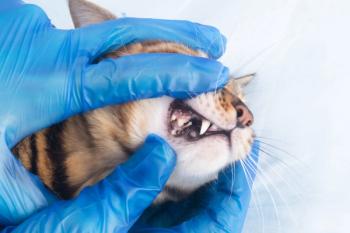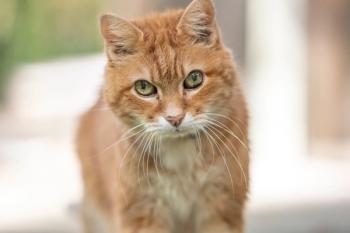As veterinary medicine improves and cats live longer, they experience more complications associated with old age, including osteoarthritis (OA), a progressive degenerative joint disease. The median age of cats with OA is 10.2 years,1 and approximately 90% of those over 12 have been found to have OA.2
In an interview with dvm360®, Elizabeth Colleran, DVM, DABVP, medical director at Chico Hospital for Cats in Chico, California, offered veterinarians and clients tips for detecting and managing the disease in cats.
Subtle signs of feline OA
According to Colleran, identifying osteoarthritis can be more difficult in cats than in dogs. Cats are secretive, she says, because hiding their emotions is to their advantage. As “solitary hunters, they don’t have [a] great repertoire of emotional signs on their face...but they do show what they think and how they feel.”
One should look for “a cat whose lifestyle [has] changed,” she explained; for instance, “a cat that used to sleep with the owner... [but] isn’t sleeping with the owner anymore,” that “used to climb up to a high point on a cat tree...[but] doesn’t do that anymore,” or even a cat that is “sleeping more than usual.”
At the April 2022 Fetch dvm360® conference, Colleran mentioned other signs of OA: avoidance of other household members, increased grumpiness, decreased grooming, restlessness, changes in elimination behavior, clumsiness, and reluctance to jump.3
Pet parents can also use the Feline Musculoskeletal Pain Index, a validated pain score, to check their pets more closely. The Index asks questions about specific indicators of OA that reveal the intensity of a cat’s pain.
Physical examination
A visual assessment of the cat’s gait is important, but the environment must
be carefully controlled. According to Colleran, a quiet, low-stress atmosphere is essential, and the cat should be given time to acclimate to the room. The veterinarian should then gently palpate the joints, even though cats not experiencing joint pain will also be averse to this.







